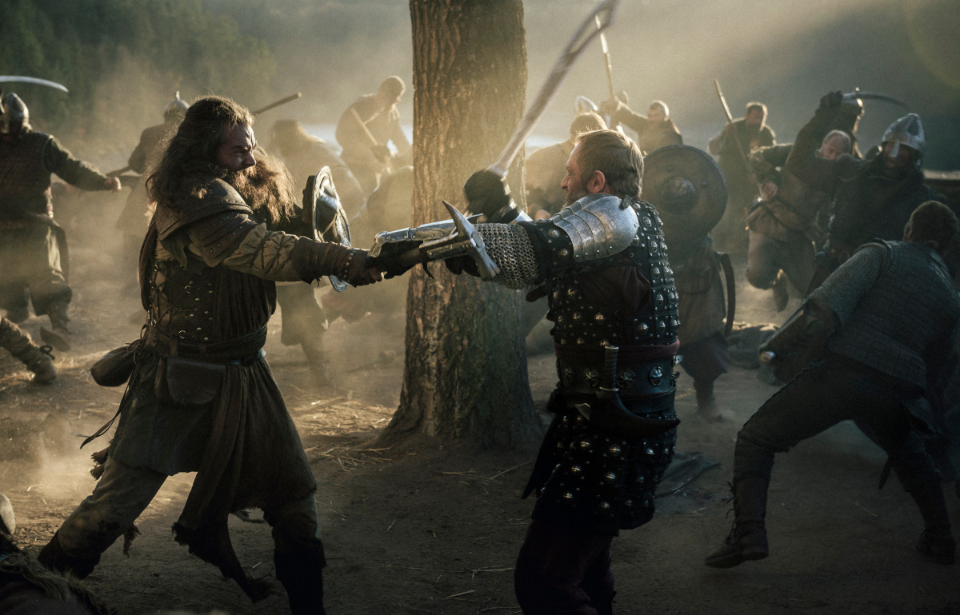The 2022 film, Medieval, the most expensive Czech movie ever made at $23 million USD, tells the tale of Jan Žižka, the famed Bohemian commander who never lost a battle. Set before the outbreak of the Hussite Wars, the film follows Žižka as he makes a name for himself in the military. Discover the story behind the incredible warrior and see how well (or not) Medieval adhered to the details of his life.
This article contains spoilers for the 2022 film, Medieval.
Jan Žižka’s rise to fame
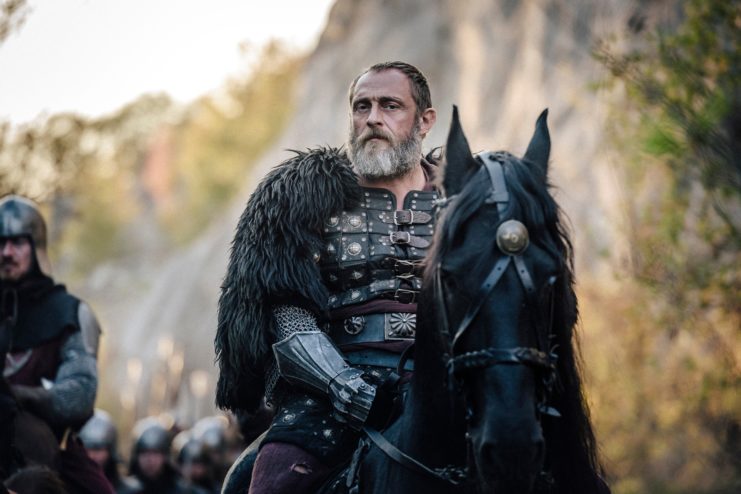
In the years leading up to Jan Žižka becoming famous, he engaged in mercenary work, before joining the court of Wenceslaus IV of Bohemia and serving as chamberlain to the king’s consort. Prior to this, very little is known about him, apart from the loss of his eye when he was young. This didn’t impact his ability to fight and he took over as leader of the Taborites – Hussites who wanted to separate themselves from the Catholic Church.
Žižka was involved in the First Defenestration of Prague, which marked the beginning of the Hussite Revolution and saw people storm the town hall and demand Hussite prisoners be released. When their requests were declined, they threw the councillors out the windows. The Pope, threatened by the Bohemian Protestants and their beliefs, ordered a crusade against them
Hussite Crusades
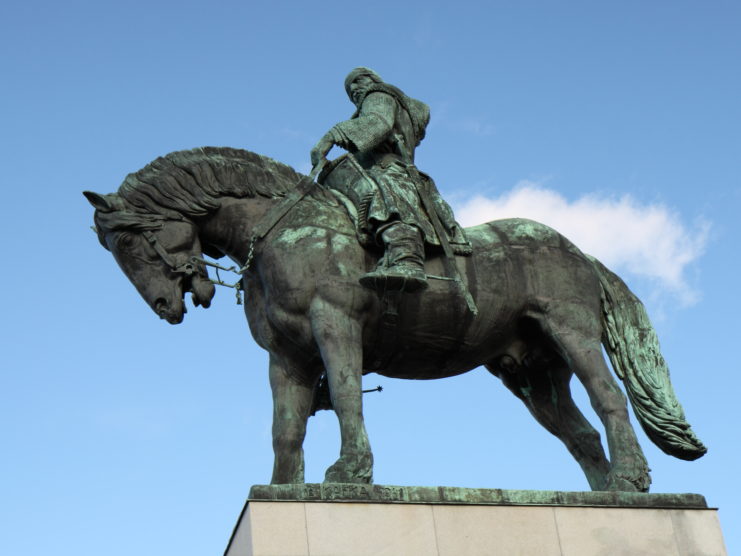
During the crusades, Jan Žižka was selected to lead the Hussites as part of the Bohemian Army, having distinguished himself at the Battle of Tannenberg – one of the largest engagements of the Middle Ages. It was during the Battle of Vítkov Hill that Žižka truly made a name for himself, after Sigismund, Holy Roman Emperor led his forces into Bohemia to take the crown.
Žižka, his men and the citizens of Prague set up a defense at Vítkov Hill and pushed the invading forces out of the region. He continued to push them back until they’d successfully been removed from Bohemia.
In 1421, Sigismund, again, attempted to invade the country, encircling Žižka and his troops. This, of course, wasn’t enough to keep the storied commander contained. He broke through the enemy lines and launched a counterattack so ferocious that the Holy Roman Emperor lost most of his troops. Those who survived were later killed by the Bohemians.
Žižka wound up losing his second eye in 1421, after it was shot through with an arrow. Even being fully blind didn’t stop his military prowess.
Jan Žižka’s military genius
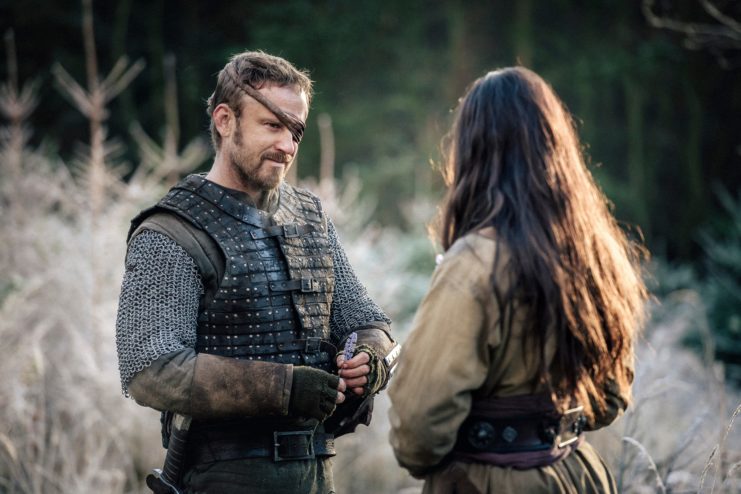
Jan Žižka’s fame came from his unorthodox and incredibly effective military tactics. He’s credited with creating what’s considered by many to be the world’s first tank by attaching cannons to armored wagons – by far the most useful weapon his army held. This was an entirely new way of waging war, and it gave the Hussites a major advantage over their enemies.
Aside from his “war wagons,” Žižka readily used gunpowder, also uncommon for the time period.
While these tactics helped his men obtain victory, Žižka’s wins would have been infinitely more difficult had he not been a master strategist. He used a two-pronged approach to many battles, firing artillery barrages at the enemy to entice them into the fight, before launching a counterattack with his infantry and cavalry once they’d been weakened.
Death of a hero
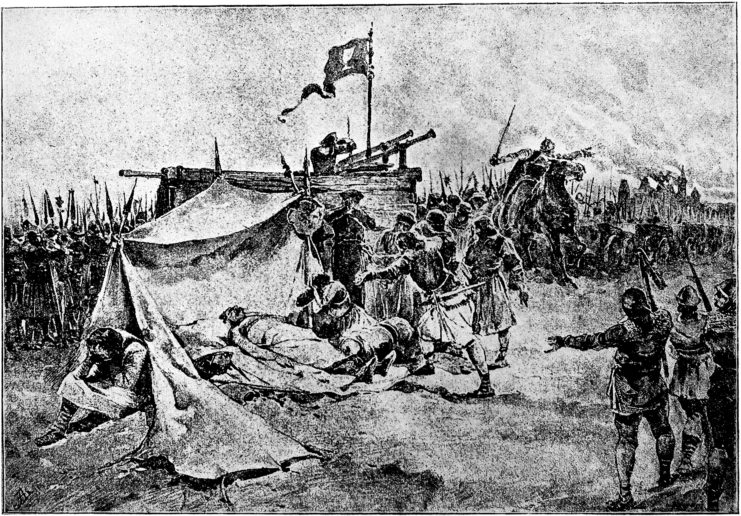
A few years after the Hussite Wars, Jan Žižka, again, found himself in the fight, this time a civil conflict. As with previous battles, he fought ferociously as leader of the Taborites, but ultimately died while on campaign against Maravia, although not from a war-related cause.
On October 11, 1424, he succumbed to the plague, and was succeeded by Prokop the Great. The loss of their leader caused his forces’ great distress and they went so far as to call themselves the sirotci (orphans), as they felt like they’d lost a father.
However, this wouldn’t be the end of Žižka’s involvement in the war. According to chronicler Piccolomini, the great warrior’s final wish had been for his skin to be used to make war drums, so he could continue leading his troops into battle even after his death. It’s unclear, however, if this wish was honored.
How historically accurate is Medieval?
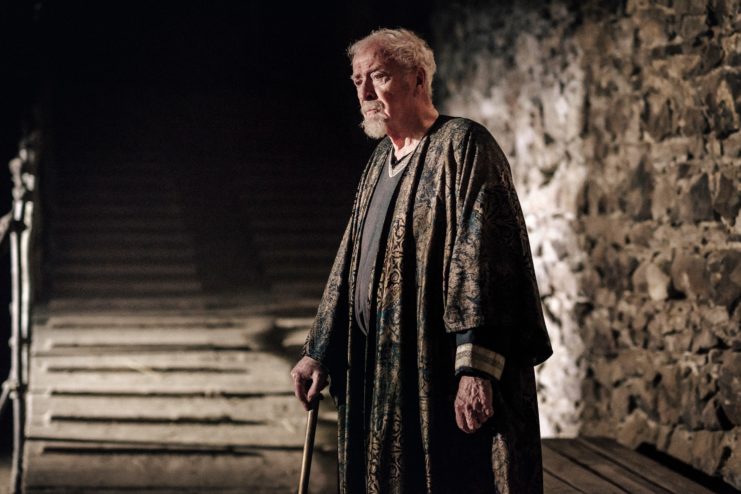
Medieval director Petr Jákl expressed his desire to keep the story as close to the truth as possible. To do so, he worked with historian Jaroslav Čechura to ensure his portrayal of Jan Žižka was accurate to the time period.
More from us: Battle of Saragarhi: 21 Sikhs vs. 10,000 Afghan Rebels
That being said, he did take certain liberties, largely when it came to the events of Žižka’s early life, which simply hadn’t been well documented; he decided the “overall impression” was more important than precise facts in this case.
To do this, Jákl included fictional characters to bulk up the plot. Lord Boreš, played by Michael Caine, was entirely fictitious, as was the love story between Žižka and Katherine, played by Sophie Lowe. The inclusion of the latter allowed the director to include a moment where Žižka’s life changed and he truly became a fighter, while allowing him to explore the warrior’s emotions.
